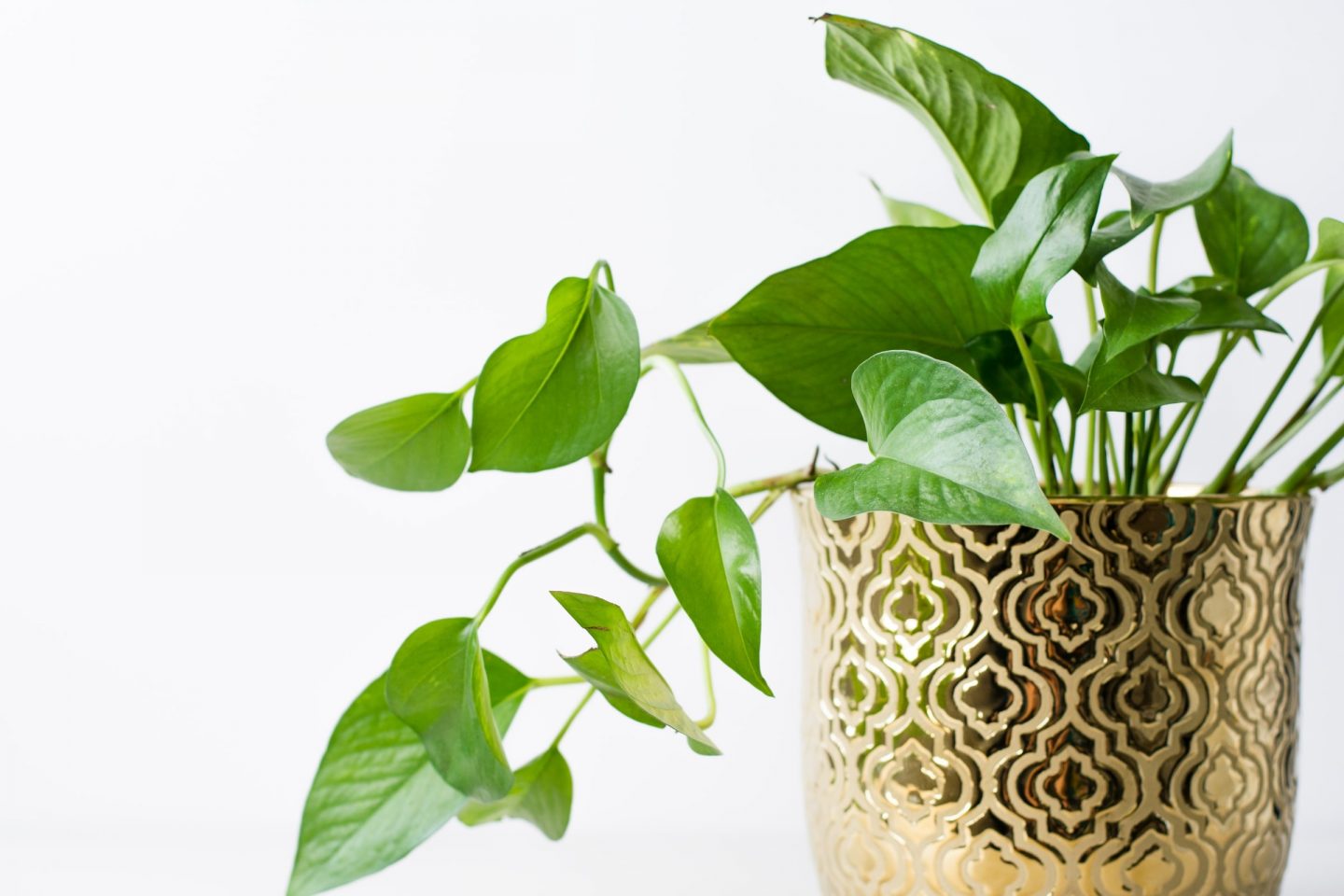
Available now on iOS and Android, helping you garden your way to better health
Find out more1. Get the light right
Plants need sunlight to turn into energy. The right amount is important. Your instinct might be to put your houseplant on a windowsill where it will get lots of light. This isn't always the best option. Some houseplants can't cope with this amount of heat / direct light.
Check the plant label and look up advice online for your particular plant.
2. Avoid overwatering
The best way to tell if your houseplant needs watering is to monitor the soil. Poke your finger into the soil to the first knuckle joint to see if it feels dry. Another way is to gently lift the houseplant. Wet soil will make it heavier to lift than dry soil. You could also buy a moisture meter if you prefer.
Any sign that the plant isn't healthy is often an indicator that it is getting too much or too little water.
3. Use rain water when possible
If you can, it's a good idea to use rain water for your houseplants. You can catch rain using buckets or pots. Or, if you have the space, you could install a water butt. Who knew there would be an upside to the UK's unpredictable rain?
4. Get them some fresh air
Open windows near your houseplants so they can breathe in fresh air. Plants consume carbon dioxide from the air in order to grow, and release oxygen as a return favour to you.
5. Prune gently
Remove any dead or dying leaves/branches to allow fresh new growth to arrive in its place.
6. Check if it's time to repot
At some point, your houseplant might outgrow its pot. If you notice roots developing on top of your soil, or growing through the drainage holes at the bottom of the pot, it might be time to repot.
7. Make sure pots have drainage holes
When you get your houseplant, check that there are drainage holes at the bottom of the pot. These are so important to allow excess moisture a way out.
8. Style it with a decorative pot
The pot the plant comes in may not be very pretty. For this reason, people often buy a decorative pot a little bigger than the houseplant pot and pop the whole thing inside. This allows you to enjoy adding creative style to your room - you could choose a natural wicker pot, a brightly coloured painted ceramic one or a modern metal version.
Do what you can to get into nature. If you can’t, bring it inside with pot plants. Growing things gives you a sense of achievement … enjoy the experience.
Survey respondent, gardener with arthritis
9. Dust your houseplant
This one might have you scratching your head, but houseplants often need a light dust! When the leaves have a layer of dust on, this stops them getting as much air and sunlight as they need. Dust gently using a damp cloth or paintbrush, depending on the size of your plant.
10. Be pet safe
If you have pets, be aware some houseplants are toxic to them. For instance, golden pothos is toxic to cats and dogs. You should be able to find out this information with a quick bit of online research.
11. Get to know your individual houseplant
These general tips will help with houseplant care. But some plants have their unique needs. For example, succulents need very little water. A little bit of online research will help you get to know your plant better.
12. Move your plant if needed
Our homes can have a range of temperatures, light, humidity, draughts and moisture from room to room. You may have to do some 'trial and error' to see where your houseplants are happiest. If a plant is not doing very well, try moving it somewhere else and see if that helps.
Join our free Gardening Club community to enjoy seasonal tips, inspiration and entertainment.
Find out more
There is a wonderful variety of houseplants available from garden centres, online and other retailers. Some of the most popular ones to try growing are: